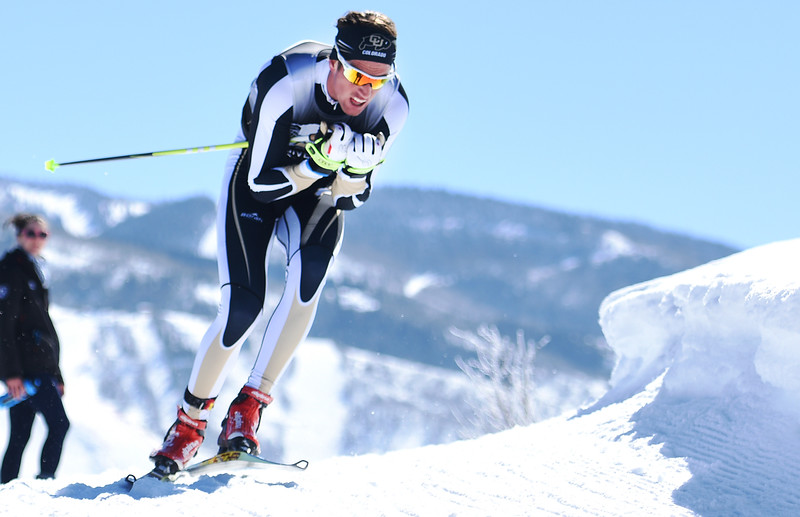
Mads Strøm of the University of Colorado racing to 1st location in the males’s ten k freestyle at 2016 NCAA Skiing Championships last week in Steamboat Springs, Colo. (Photograph: CUBuffs/Buffzone.com)
Note: This article has been updated to include feedback from Ethan Townsend as of Thursday, March 17.
With the conclusion of the collegiate season taking location at the 2016 NCAA Skiing Championships in Steamboat Springs, Colo., last week, FasterSkier supplies a look at the some of the most current involving school, sport and the Championship races. Element I examines the tradition behind the NCAA Skiing Championships format, and what it would get to modify it.
A Short History of NCAA Skiing Championships
five k/10 k. 15 k/20 k. Scrolling via the archives of the National Collegiate Athletic Association (NCAA) championship events for nordic skiing is akin to strolling through a 1950s U.S. ‘Levittown’ neighborhood: Variation zero to none. Yet another on the internet record for the previous sixteen years of NCAA Skiing Championships supplies a related discovering. Nordic races at this event are historically two races for each gender: ladies race five kilometers and 15 k, whilst the guys race 10 k and twenty k. Though the discipline alters amongst freestyle and traditional, the distances for every single respective gender remain the same.
A phone conversation earlier this season with Cami Thompson-Graves, Dartmouth School girls’s head nordic coach and director of skiing, NCAA Men’s and Women’s Skiing Guidelines Committee member, Chair of the USSA Cross Nation Committee, and most not too long ago, a member of the Global Ski Federation (FIS) Ladies’ Cross Nation Committee, uncovered a similar story.
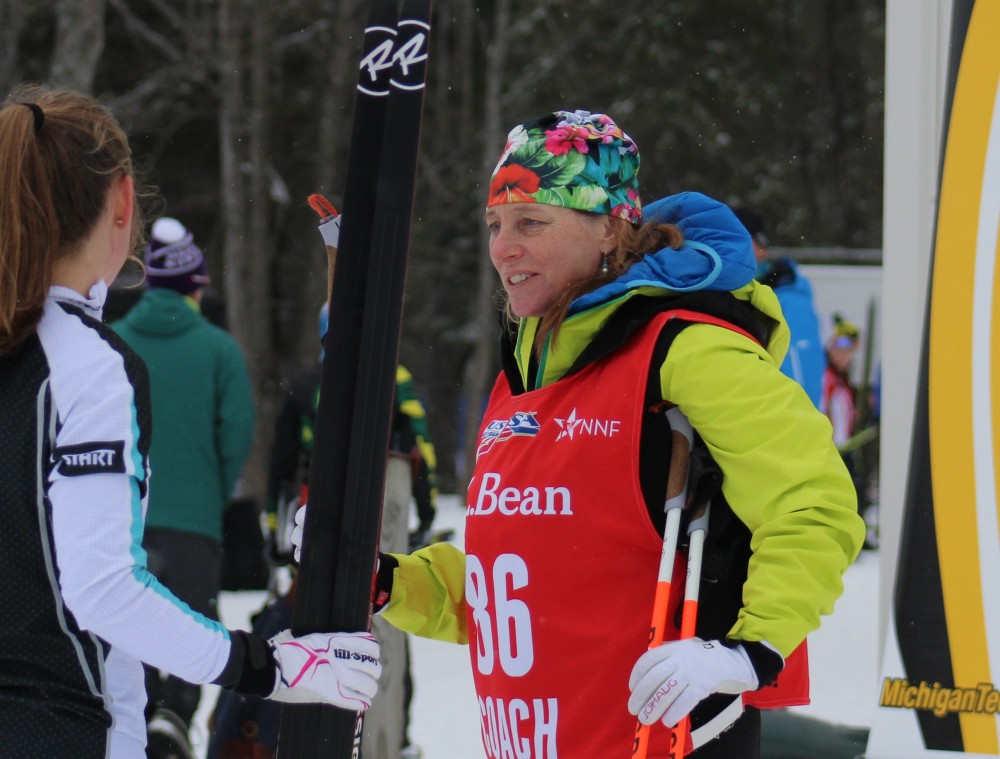
Dartmouth ladies’s coach Cami Thompson-Graves (r) at 2016 U.S. nationals in Houghton, Mich.
“So as prolonged as I can keep in mind, [the championships] have been two races,” Thompson-Graves explained. “Way back when … it was an person race and a relay. But then when skating came along, we went with one classic race and one skate race. Pretty a lot for the final 25 many years, we’ve alternated each and every two many years and accomplished a long mass commence of one and a shorter of the other.”
So what if the championship races have stayed the identical for the past 25 plus many years? Why should any person in or out of the school-race scene care?
“I skied in the East and tradition is a huge deal in the East,” Chad Salmela, head nordic coach of The University of St. Scholastica in Duluth, Minn., stated on the mobile phone. “People like tradition, but at the same time, tradition can restrict your outlook as to what the long term could perhaps hold.”
Coaches, Committee Members and Athletes on Adjust
According to Salmela, the championship event controls fairly a bit of what occasions university racers will compete in throughout the regular season.
“Let’s face it, the championships really drive what transpires in the standard season simply because everyone is making an attempt to qualify,” Salmela said.
That is undoubtedly the case for the 2016 Rocky Mountain Intercollegiate Ski Association (RMISA) nordic race schedule, with all but one weekend following the 5 k/ten k and 15 k/twenty k format.
“It varies from area to area,” Thompson-Graves mentioned of the five k/ 10k and 15 k/twenty k race distances in the Eastern Intercollegiate Ski Association (EISA) schedule. “If those are the [championship] events, we’ll try out to do individuals races a single weekend back to back early in the season and our regional championship is typically similar to the NCAA Championship.”
This year, the EISA schedule incorporated a men’s and women’s one.five k classic sprint, as nicely as a men’s and women’s sprint relay occasion.
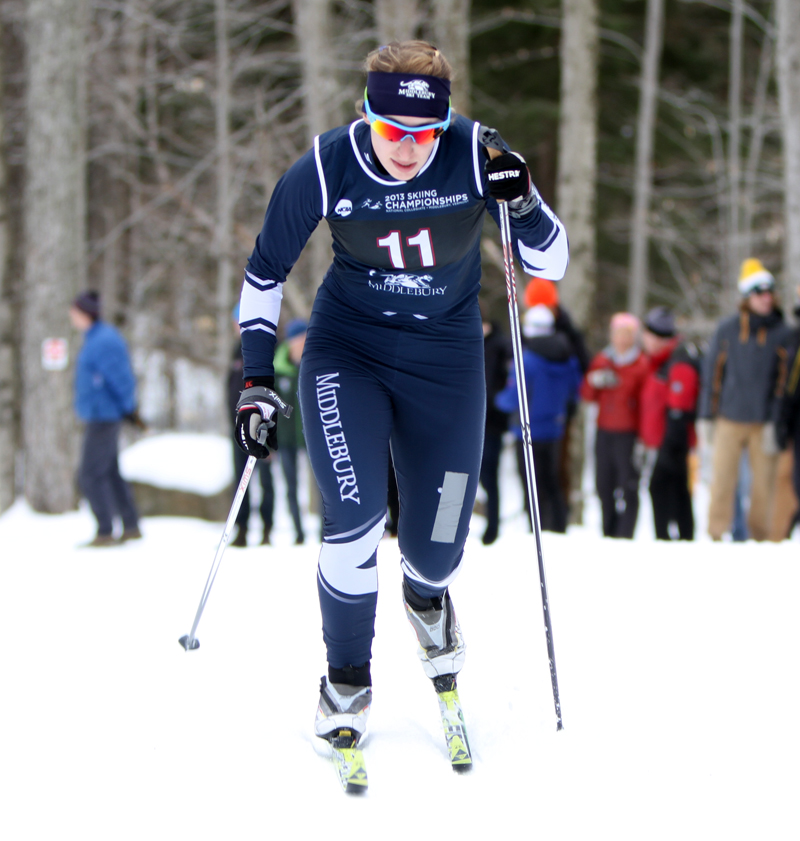
Kelsey Phinney, a Middlebury College senior from Boulder, Colo. competing at 2013 NCAA Skiing Championships at the Rikert Nordic Center near Middlebury, Vt.
Even now, a few men and women question if this is enough and whether or not the current NCAA Championships nordic skiing schedule necessitates change.
“I enjoy sprinting and I would enjoy to see it in the championship occasions for school races,” Kelsey Phinney, a senior at Middlebury School, said on the phone.
“I feel sprinting is a genuinely very good growth instrument in terms of gaining speed and applying techniques in the course of your races. It’s this kind of an exciting part of our sport right now and it has this kind of a presence on the Planet Cup that in terms of development, it helps make a lot of sense to contain it,” Phinney added.
Raleigh Goessling, a senior at the University of New Hampshire (UNH), agrees.
“I think that sprinting is presently a really massive portion of nordic skiing at every other level, except the school degree,” Goessling mentioned on the phone. “I think that university plans need to get on board with that.”
Goessling’s level was bolstered further by Salmela.
“I’m really significantly in favor personally of incorporating sprinting to the championship,” Salmela said. “I feel it modernizes the sport and it is inevitable. The query is when and how.”
Attempting to Solution ‘How’
In an work to resolve the question of ‘how,’ Salmela — whose 4 year phrase on the NCAA Men’s and Women’s Skiing Guidelines Committee expired this previous September — and committee members created a proposal for the 2016/2017 race season.
The proposal, submitted final spring to the NCAA for evaluation, included a menu giving championship race organizers the possibility to decide on the race lengths and format, based on the programs and course crews available to the championship event host-site.
“What we proposed to the NCAA put the onus on the organizer of the championships to determine on a menu of FIS distances and disciplines,” Salmela stated. “The idea was to depart it up to the committee to steer it in a way that sprinting turns into a portion of NCAA skiing, but is not always a mandated thing each and every year.”
As a result, any Worldwide Ski Federation (FIS) occasion, from a sprint to a thirty k, had the prospective to demonstrate up at a championship race series.
Nonetheless, the proposal was returned this past fall to the NCAA Men’s and Women’s Skiing Guidelines Committee for further evaluation.
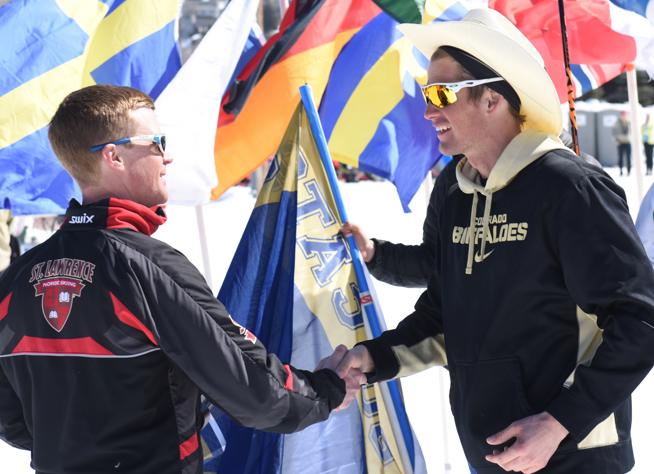
Ethan Townsend (l), chair of the NCAA Men’s and Women’s Skiing Principles Committee and St. Lawrence University head nordic coach, congratulates the 2016 NCAA 10 k freestyle champion, Mads Strøm of the University of Colorado. (Photo: Joel Riechenburger/Every day Camera by way of CUBuffs/Buffzone.com)
“It’s not been denied,” Ethan Townsend, chair of the NCAA Men’s and Women’s Skiing Rules Committee and St. Lawrence University head nordic coach, explained on the telephone prior to the championship. “It’s just variety of a large adjust and the NCAA desired us to vet it out a bit more.”
The most current discussion regarding the proposal took spot last week in Steamboat Springs, Colo. at the 2016 NCAA Championships.
“I believe we are searching to re-propose what the skiing committee accredited this past summertime with some changes,” Townsend wrote in an email submit-2016 NCAA’s. “I’m not really confident we will get that modify via but we are going to try.”
With the up coming NCAA Males’s and Ladies’s Rules Committee meeting taking spot in early June, Townsend predicts changes to the NCAA Championship event won’t be implemented for yet another season or two.
“Any changes will take at least until 17/18 I believe,” Townsend wrote, “it’s as well late to have this in area for up coming season.”
Whilst select coaches from the east, west, and central places convened final week to go above a amount of NCAA troubles–including the proposition of holding NCAA Championships in Alaska, a subject Townsend described in an e mail as “more regarding in the immediate phrase for a range of factors”–athletes remained subjects of conversation, but not contributors to the dialogue.
At some amounts, the lack of voice is not a deliberate selection. At the moment, there is no athlete representation on the NCAA Men’s and Women’s Rules Committee.
“That’s not our call,” Salmela explained. “The committee makeup is totally driven by the NCAA … I feel it would be wonderful to have an athlete or a couple athletes on each and every sport committee, but that’s not a skiing concern, that’s an NCAA sport-wide issue.”
That doesn’t mean that student athletes’ really do not have lots to say.
“Although I’m personally not a sprinter, I consider it is a excellent move if we want to create aggressive skiers to race on the Planet Cup,” Dartmouth senior Oscar Friedman stated on the telephone. “That getting explained, I would possibly help a calendar that far more closely mirrors the Planet Cup. If there is only two races at NCAA’s, I do not feel it tends to make sense to have a sprint. I would prefer there be three races a single can be a sprint and two distance races.”
Although a lot of might agree with Friedman, economic restrictions lower the feasibility of adding another race day.
“We are only funded by the NCAA for 5.five days and we currently have 4 races days, alternating Nordic and Alpine occasions,” Fredrik Landstedt, the secretary-rules editor for the NCAA Men’s and Women’s Skiing Guidelines Committee and head nordic coach for the University of New Mexico, wrote in an email. “It is really unlikely that the NCAA will increase their paying on the Skiing Championships to include further days.”
Landstedt also extrapolated that the the duality of NCAA skiing — shared scoring between alpine and nordic, as effectively as mixed points between men’s and women’s teams in buy to win a championship title — can make bringing a sprint into the championship specifically challenging.
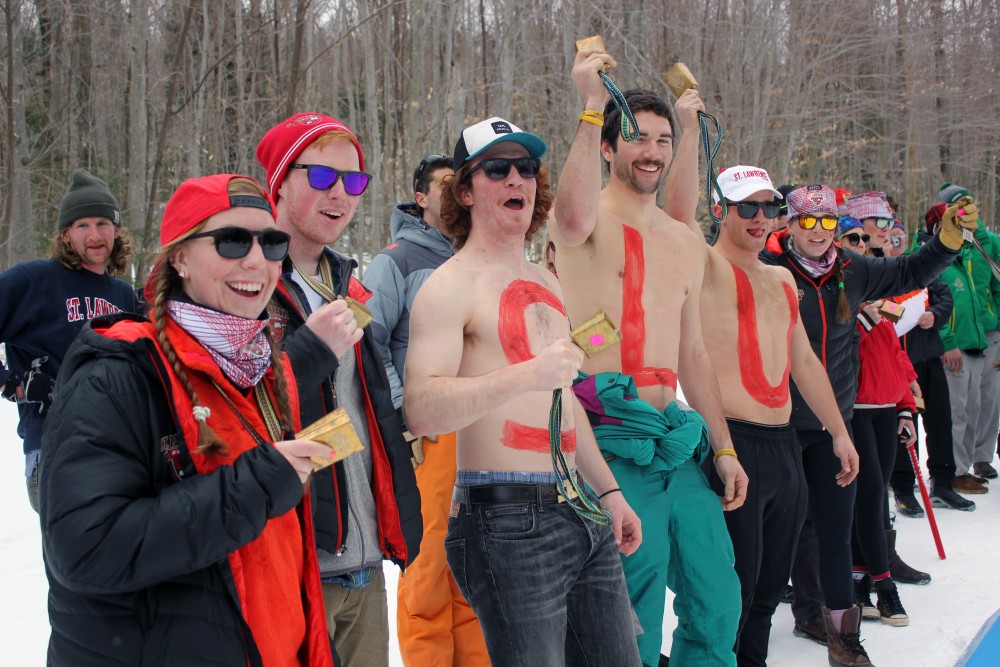
Followers at the 2015 NCAA Skiing Championships in Lake Placid, N.Y.
“A sprinter can be tripped or obstructed and your complete team can shed the Championship because of some thing that was not relevant to the strength of the skiers on your team,” Landstedt wrote. “This transpires all the time in sprinting. When it is an personal race for person glory, it is really various in contrast to when it impacts not only the rest of the Nordic staff, but the Alpine staff as effectively.”
As an alternative, Landstedt advised that an “Individual Sprint Championship” be integrated into NCAA Championships.
“I believe that we could add an Personal sprint championship race the place the winners will be recognized by the Collegiate Ski Coaches Association as the NCAA Sprint Champions,” Landstedt explained. “It may possibly mean that there are three Nordic races in a 4 day span but if the sprint race is an personal race, slow sprinters and some skiers from the teams that are competing for the crew trophies might chose to skip this race.”
A Way Out of the NCAA’s Quagmire?
A modify to NCAA Championships is particularly complex.
“We’re generally only going to be allowed to have two races at the championships and so how are we going to choose these two races and make it honest for every person?” Thompson-Graves questioned.
“… Program budgets are probably all above the map and we all have to stick to distinct rules,” she pointed out. “[Dartmouth has] to stick to Ivy League guidelines and Division I rules, Middlebury, Colby, Bates, and Williams are following NESCAC [New England Modest University Athletic Conference] guidelines and Division III guidelines. We’re all making an attempt to compete head to head and nevertheless we face a lot of various sorts of problems.”
School budgetary divides and division distinctions are just the beginning.
Landstedt also wondered regardless of whether adding sprinting will inspire sprint racers to turn out to be far more specialized in school racing and if colleges with more substantial budgets will be at an advantage to recruit and travel to sprint venues for training.
“Major considerations include how to fit sprinting in to a team format, having extremely educated officials and a jury that can take care of lots of protests and rule properly on obstruction and interference problems common in sprint races, limited quantity of race venues with very good sprint courses, expense relevant troubles, recruiting,” he explained. “I also think that sprint racers will grow to be much more and much more specialized and that it will be more difficult and harder for distance skiers to compete in sprints and vice versa.”
“People like tradition. But at the same time, tradition can limit your outlook as to what the long term could perhaps hold.” — Chad Salmela, School of St. Scholastica head coach and former member of the NCAA Men’s and Women’s Skiing Principles Committee
All of these worries compressed into two days of competitors makes for a challenge. But it is a challenge that Salmela feels can’t go untouched.
“If you search a the repertoire of what FIS has for nordic skiing right now, it’s a multitude of events,” he said. “To cap for that in two days is possibly one particular of the greatest difficulties the committee faces in making an attempt to be a pertinent piece of ski racing — not just American ski racing — but ski racing. And I believe that’s why sprinting requirements to be looked at. The sport has to be appropriate.”
An Problem of Relevancy: University Racing and The Planet Cup
How much target ought to university skiing in the U.S. area on getting ready athletes for greater amounts of nordic competitors? How several skiers move on previous university to ski professionally? Would this quantity increase if changes have been produced to NCAA Championships?
“There’s a extremely tenuous argument, I really feel, that NCAA skiing is the very best path for the best talent in the nation to build into Planet Class skiers,” Salmela explained. “I believe that it’s a great and lucky mechanism for retaining athletes who perhaps do not progress at the worldwide tempo for their age.
“From a U.S. Olympic Committee viewpoint, the NCAA is a safety net that you really do not have to fund to hold talented skiers building,” he additional.
From 2005 to 2009, Simi Hamilton, 28, raced for Middlebury, where he was a 3-time NCAA All-American, ahead of he created the leap to the U.S. Ski Staff. Hamilton nabbed two individual podiums this season on the Globe Cup, very first in a freestyle sprint in Toblach, Italy, and once more at the freestyle sprint earlier this month in Gatineau, Québec.
“When the question comes up of how university ski racing impacts/overlaps with the total development of a racer that would like to race complete time (World Cup or domestic circuit) soon after college, it is usually tough to reply,” Hamilton wrote in an e-mail. “I do not consider there is any way 1 man or woman can say, ‘Yes, it fits in fantastic’ or ‘no, the two do not mesh at all.’ If I have been answering the query based mostly on what it did for me, I would absolutely say that it aided. Skiing all through university gave me an chance to remain in touch with racing, while offering me adequate area from the sport to become more mature as an athlete and as an grownup.”
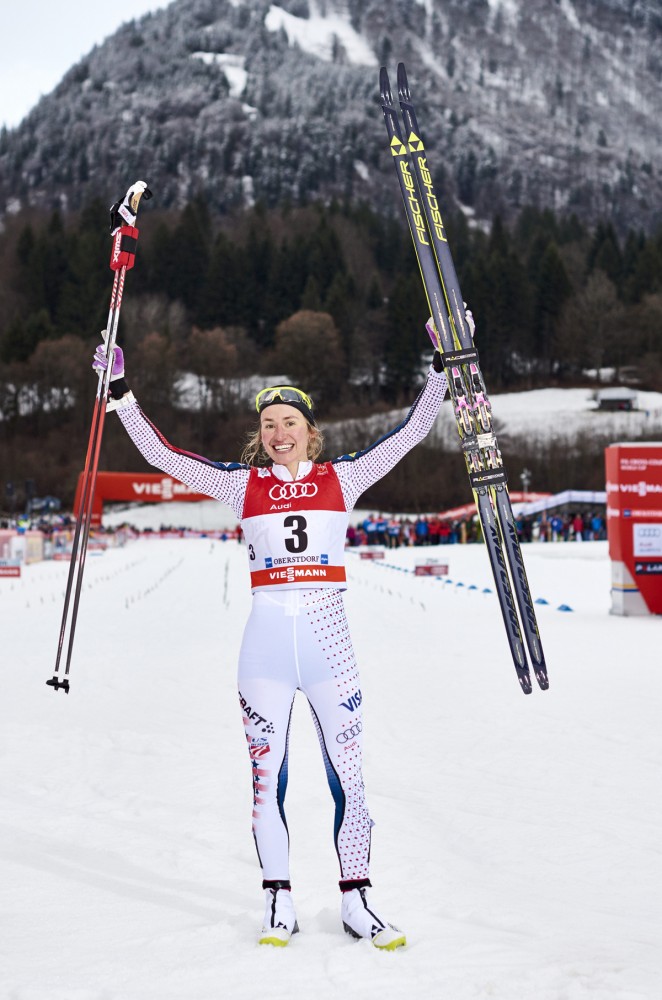
Sophie Caldwell soaks up her initial Globe Cup win at the Tour de Ski Stage 4 classic sprint in Oberstdorf, Germany. (Photo: Fischer/NordicFocus)
Caldwell, a 2012 Dartmouth graduate and 5-time NCAA All-American, who won her initial individual Planet Cup in January at the the women’s traditional sprint in Obsterdorf, Germany, also explained college ski racing was the correct selection for her.
“I don’t think I was mature enough or mentally ready to ski total time correct soon after large school, so I consider having the balance of skiing and school in college worked out genuinely nicely for me” Caldwell wrote in an electronic mail. “By the time I graduated from Dartmouth, I was 4 years older and much more experienced, and prepared to give expert skiing a stab.”
Although each have observed recent good results on the Planet Cup and each agree that advancement varies from particular person to particular person, they also confer on the level that perhaps it’s time to re-evaluate race distances at NCAA’s.
“Sprinting is turning into a lot more common and almost half of the Planet Cup races are now sprints, so it definitely would be well worth taking into consideration for university racing,” Caldwell wrote.
Hamilton pushed the point even additional.
“I believe that NCAA wants to do some significant restructuring of their organizing and scheduling in school xc ski racing,” he wrote. “It’s crazy to me that athletes nevertheless go to the championships and only race 1 middle distance race and one particular long distance race.
“It’s tough to be also critical about the recent program that is in location now due to the fact I am effective at what I do and I think I have quite a couple of many years left of skiing effectively on the Globe Cup circuit, but that shouldn’t be an excuse for the NCAA to keep issues exactly the way they have been for the last 30+ years,” he added.
In conclusion, Hamilton added two primary objectives university skiing ought to strive for inside of the U.S.
“The initial is providing youthful athletes a opportunity to be a part of one thing in college that is great,” he wrote. “The significance of getting element of a group, no matter what sort of team, cannot be overstated. Regardless of regardless of whether an athlete desires to ski after university or not, college skiing should give each xc athlete with a actually exciting possibility to operate tough at one thing and target on reaching targets beyond the classroom.”
While Hamilton’s very first objective of university skiing revolved all around teamwork and staff skiing, his 2nd aim emphasized person aspirations.
“The other aim that college ski racing should strive for is offering young races a possibility to develop into the variety of athlete they want to turn into after college, if that is something they are serious about pursuing,” he wrote. “Personally speaking, if I had been offered more possibilities although I was in college to target on sprinting, there is no doubt that I would have entered the World Cup circuit with much more self-assurance and better prepared.”
“Personally speaking, if I had been offered much more opportunities even though I was in college to emphasis on sprinting, there is no doubt that I would have entered the World Cup circuit with much more self-assurance and far better prepared.” — Simi Hamilton, U.S. Ski Team sprinter and former Middlebury skier
As a location the place athletes have the possibility to compete and train at a fairly minimal price, school does seem to supply a fantastic chance to further produce nordic skiers and skiing in the U.S.
“Most of these college applications are supplying coaching and transportation and waxing and all individuals factors to make it simple for athletes to race, which they perhaps really do not value right up until they are out of college and attempting to do it on their personal,” Thompson-Graves stated.
Yet, lumping U.S. school racing and the Globe Cup all in one does not seem to be the response, either.
“I feel the challenge is that we’re trying to accommodate a good deal of diverse kinds of athletes in school racing,” Thompson-Graves added, pointing out that “some plans are just content to race carnivals,” while other U.S. college packages “challenge [athletes] to think bigger and do a lot more if that’s what they want to do.”
Eventually, however, most believed that it must be a priority that skiing in the U.S. stays related.
“I guess I fall into the camp that would like to see us carrying out, in college skiing, races that are type of completed in the nationwide and worldwide calendar,” Thompson-Graves explained. “To me, it is essential that our athletes are studying to race whatever the recent races are throughout the globe. That’s important to me.”
“I’ve imagined for a even though that sprinting wants to be looked at just to hold it appropriate,” Salmela explained. “If we turn into archaic, it’s not excellent for any of us.”